Jonathan Shlomi
Towards a Computer Vision Particle Flow
Mar 19, 2020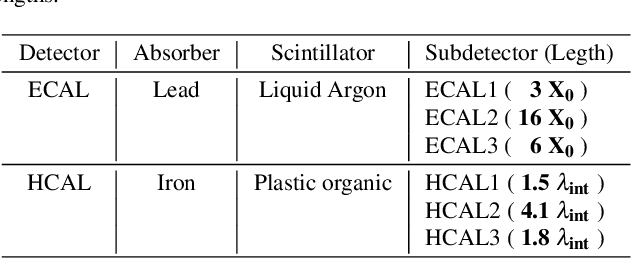
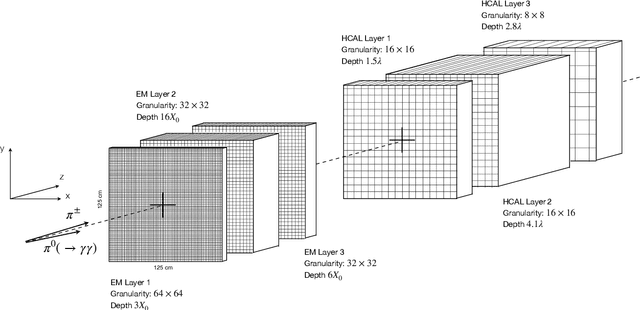
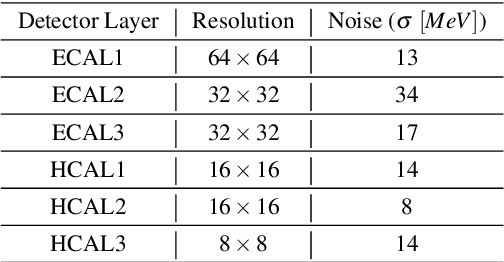
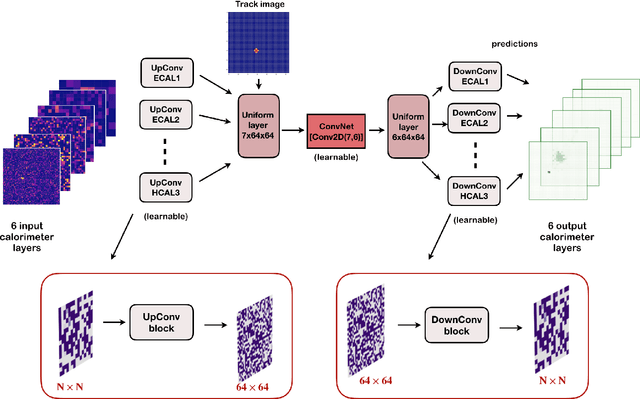
Abstract:In high energy physics experiments Particle Flow (PFlow) algorithms are designed to reach optimal calorimeter reconstruction and jet energy resolution. A computer vision approach to PFlow reconstruction using deep Neural Network techniques based on Convolutional layers (cPFlow) is proposed. The algorithm is trained to learn, from calorimeter and charged particle track images, to distinguish the calorimeter energy deposits from neutral and charged particles in a non-trivial context, where the energy originated by a $\pi^{+}$ and a $\pi^{0}$ is overlapping within calorimeter clusters. The performance of the cPFlow and a traditional parametrized PFlow (pPFlow) algorithm are compared. The cPFlow provides a precise reconstruction of the neutral and charged energy in the calorimeter and therefore outperform more traditional pPFlow algorithm both, in energy response and position resolution.
Set2Graph: Learning Graphs From Sets
Feb 20, 2020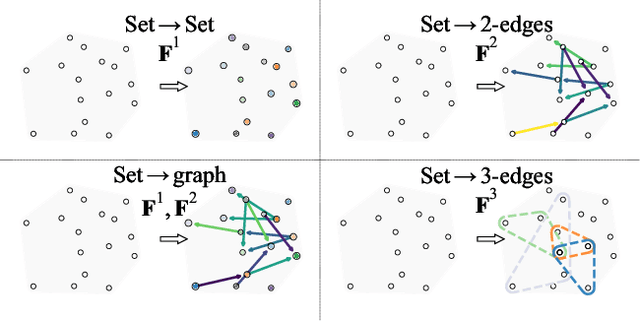
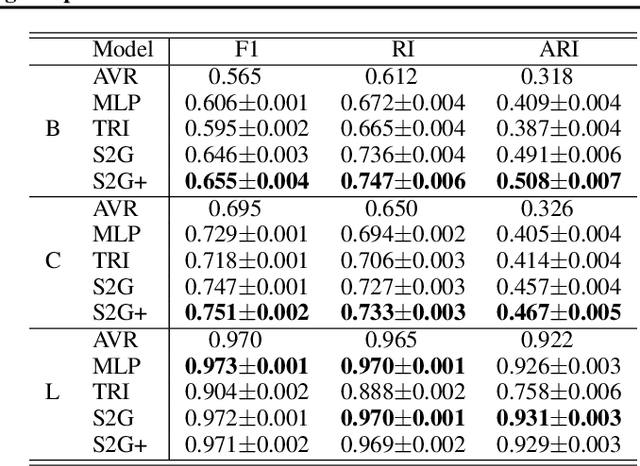
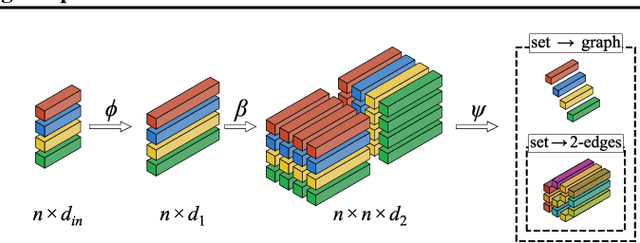
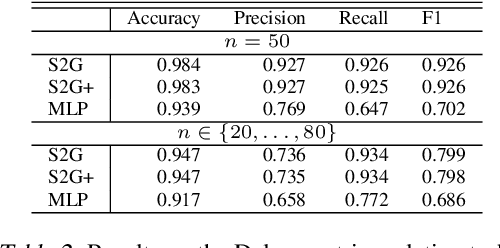
Abstract:Many problems in machine learning (ML) can be cast as learning functions from sets to graphs, or more generally to hypergraphs; in short, Set2Graph functions. Examples include clustering, learning vertex and edge features on graphs, and learning triplet data in a collection. Current neural network models that approximate Set2Graph functions come from two main ML sub-fields: equivariant learning, and similarity learning. Equivariant models would be in general computationally challenging or even infeasible, while similarity learning models can be shown to have limited expressive power. In this paper we suggest a neural network model family for learning Set2Graph functions that is both practical and of maximal expressive power (universal), that is, can approximate arbitrary continuous Set2Graph functions over compact sets. Testing our models on different machine learning tasks, including an application to particle physics, we find them favorable to existing baselines.
 Add to Chrome
Add to Chrome Add to Firefox
Add to Firefox Add to Edge
Add to Edge